By Natalya Bucuy • The Current Contributing Writer
Books are trains that take us to other worlds. Libraries are train stations. And every library in the world is like no other.
The placement and selection of books, the types of shelves that hold the treasures, and even the light that beams through the windows matter. Together, they create a unique habitat for imaginations to choose their own adventure.
The Dimmick Memorial Library joins the collection of stunning historical buildings that line Broadway in Jim Thorpe with its own elegant character and story.
The Library’s mission, as its newsletter states, is “to be sourced from the community and to be a useful source for the community.” That statement fits wells to describe the library’s beginnings.
In 1890, the citizens of the Jim Thorpe – then Mauch Chunk – community truly came together to create a place for everyone in town to enjoy.
Before the construction of the current building, the Mauch Chunk Library Co., instituted in 1827, served the town. In the late 1880s, local attorney Milton Dimmick dedicated $49,000 from his father’s estate for the construction of a library. The library construction cost $12,000, the books cost another $2,000, leaving the remaining $35,000 to maintain the library.
In order to purchase the land for the new building, citizens organized a campaign and raised the necessary funds through a series of festivals, concerts, and public subscriptions. The cornerstone was laid June 15, 1889 and the library was opened Oct. 1, 1890. It carries the Dimmick’s family name on its prominent facade in memory of the building’s beneficiaries.
Architect T. Roney Williamson directed the project. Brilliant red walls and streaming Art Nouveau–influenced decoration of terra-cotta bands are hallmarks of Williamson’s buoyant style. He incorporated elements of Richardsonian libraries, familiar to many at the time. The style gets its name from architect Henry Hobson Richardson, a leader in American architecture. Richardson’s work, that showcases a unique and elevated style, includes churches, municipal buildings, private homes, and libraries. He designed four public libraries in Massachusetts.
Williamson remained loyal to the traditional library setting. He built a library with a large multi-story room, outlined by built in floor-to-ceiling shelves, instead of the modern (at the time) style with stand-alone shelves with room for expansion.
On Dec. 13, 1979 a fire ravaged the almost-centennial library. It destroyed more than 25,000 books. The Victorian building underwent renovation at a cost of $245,000. While most of the building, including its facade, remained original, a few changes took place during the renovations. A new 1,064-square-foot children’s reading room was added to the rear of the building through a $76,000 grant from the Gladys Brooks Foundation of New York City. Modern, more energy-efficient materials replaced some of the original leaded windows in the back of the library, too.
Today, the Dimmick library continues to serve the community. In addition to the countless volumes still lining the walls, floor-to-ceiling, the library offers technology help, wi-fi, and a multitude of family and adult community programs.
For more information on programs and offerings, visit https://www.dimmicklibrary.org





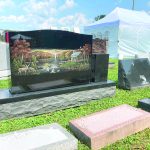


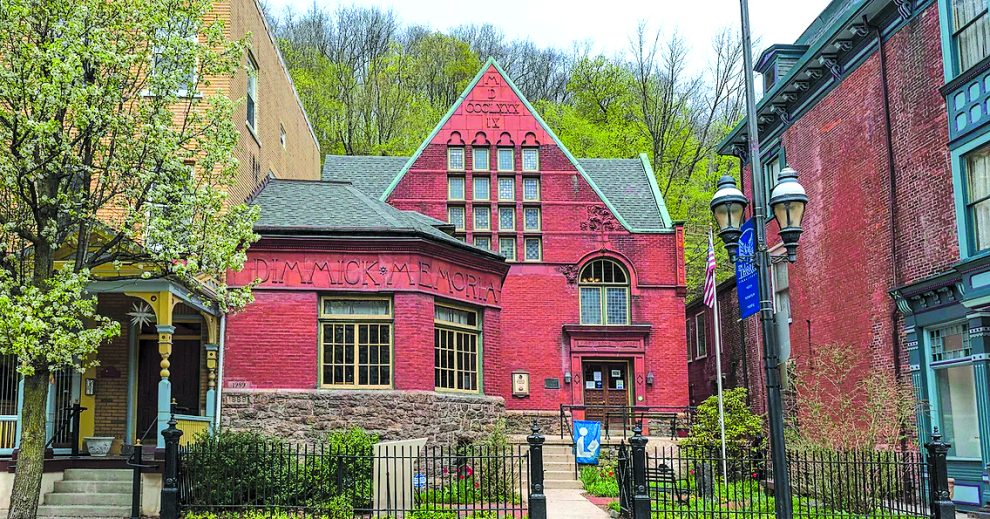



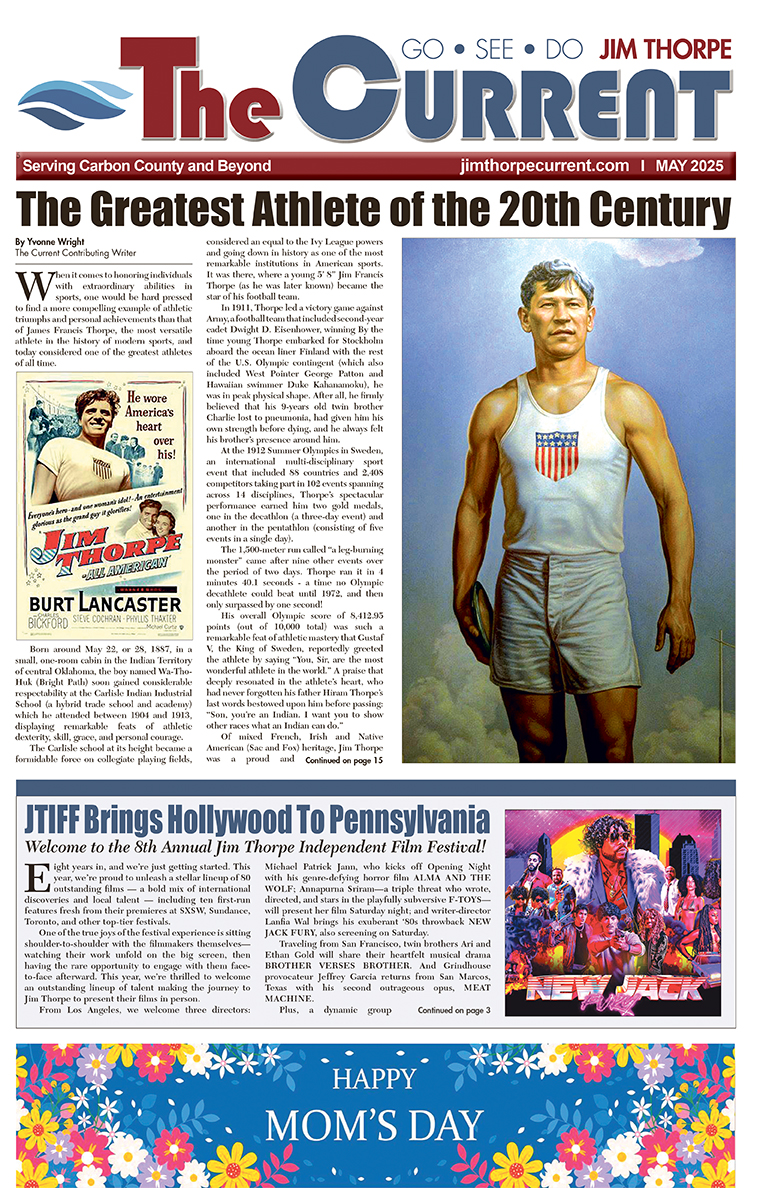
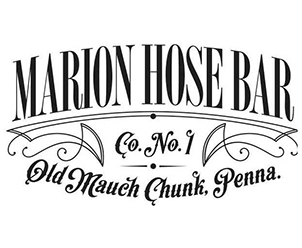
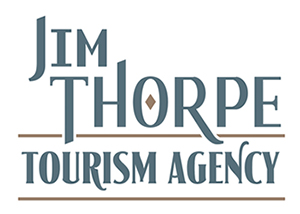
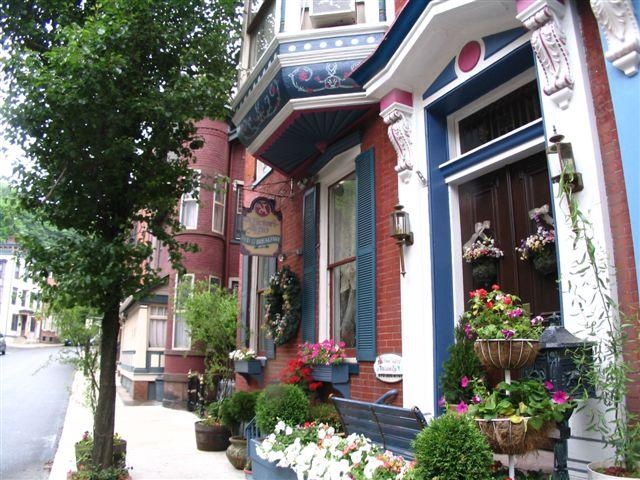











Add Comment